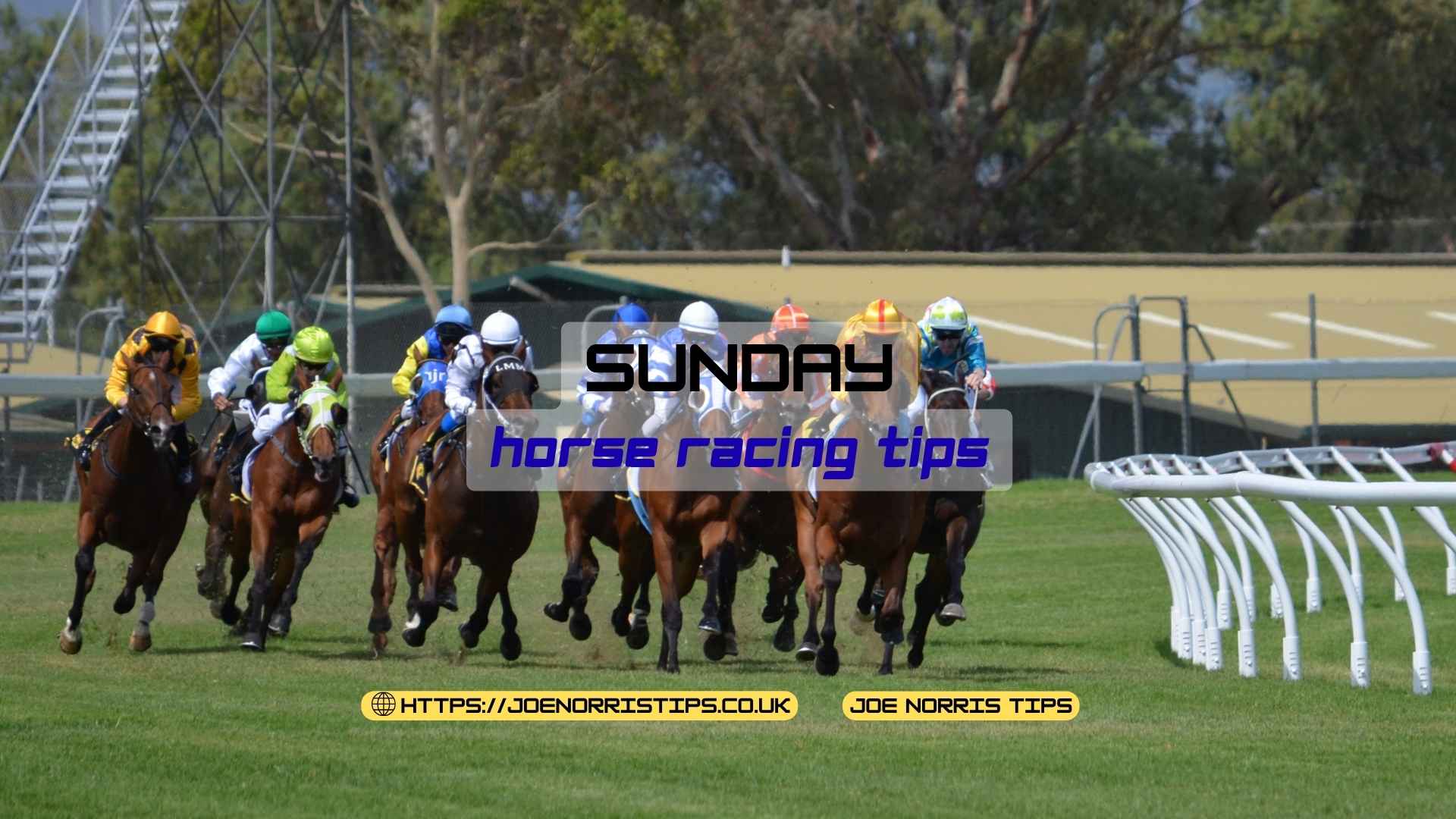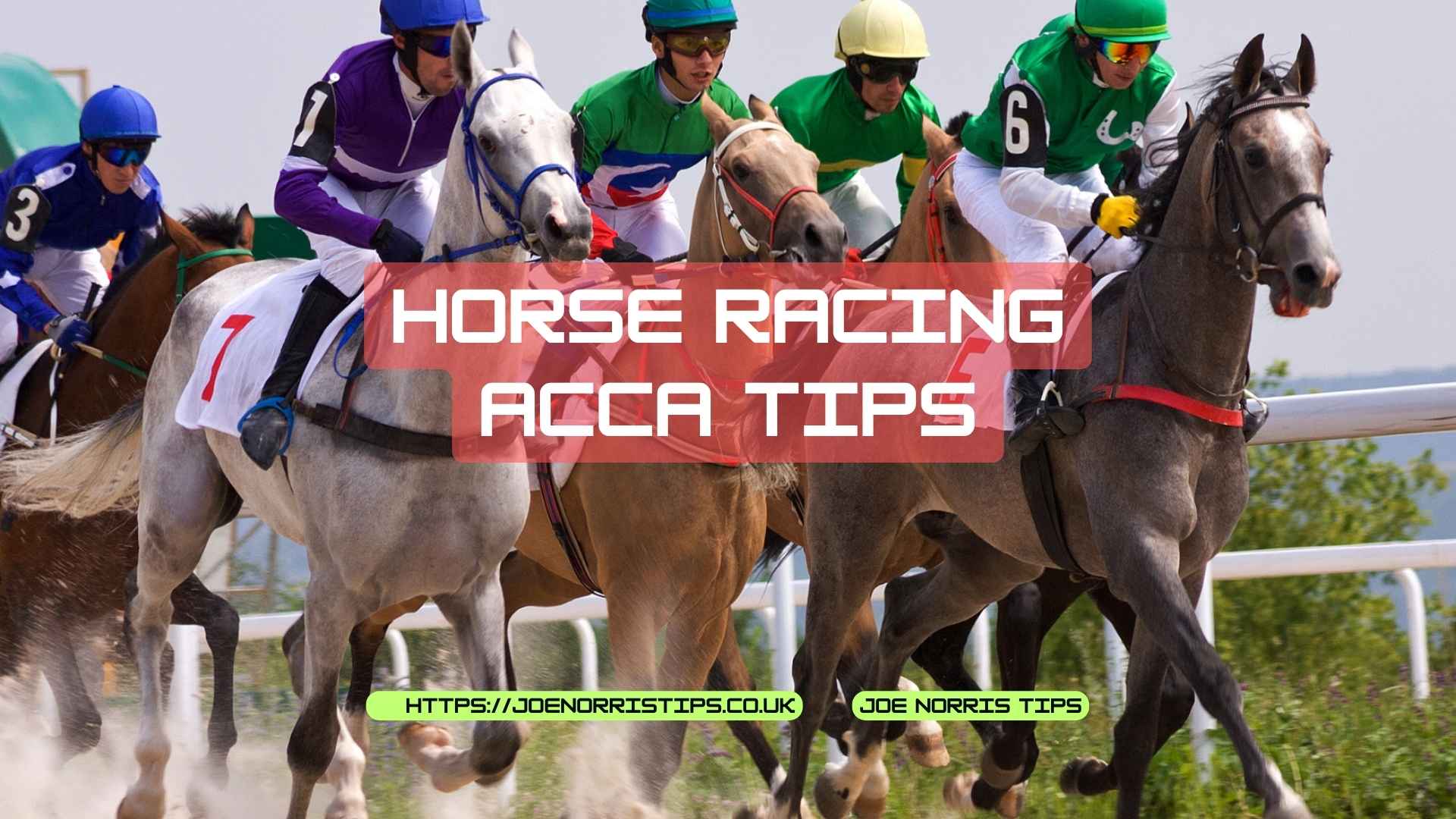All-weather racing is one of the most overlooked but profitable areas in horse betting, and I’ve made it my business to understand it inside out.
Unlike turf or jumps, these races happen all year round on synthetic surfaces like Tapeta or Polytrack. That makes them reliable, consistent, and a goldmine for punters who can read the angles.
At Joe Norris Tips, I treat all-weather racing with the same respect I give to Cheltenham or Royal Ascot.
Why? The data’s clear, the form tends to hold up, and there’s less guesswork when you factor in the surface and track bias.
Learning how to use all-weather tips properly could be a game-changer if you’re serious about improving your betting across winter and midweek meetings.
Contents
- All-Weather Predictions for Today
- What Are All-Weather Horse Racing Tips?
- Why All-Weather Racing Matters for Bettors
- Key Tracks for All-Weather Horse Racing in the UK
- Factors to Consider When Following All-Weather Tips
- Strategies Used by All-Weather Racing Tipsters
- How to Use All-Weather Tips Effectively
- Where to Find Reliable All-Weather Horse Racing Tips
- FAQs
- Final Thoughts on All-Weather Horse Racing Tips
All-Weather Predictions for Today
Here are today’s All-Weather tips for today:
Meeting | Time | Name | Bet Slip |
|---|---|---|---|
| Newcastle | 15:10 | Prince Achille | Add to BetSlip → |
| Newcastle | 15:47 | Comic Strip | Add to BetSlip → |
| Newcastle | 16:20 | Lope Harswell | Add to BetSlip → |
| Newcastle | 16:55 | Arc La Shari | Add to BetSlip → |
| Newcastle | 17:30 | Moon Beginnings | Add to BetSlip → |
| Newcastle | 18:00 | Aisling Oscar | Add to BetSlip → |
| Newcastle | 18:30 | Counting Cards | Add to BetSlip → |
| Newcastle | 19:00 | Spun To Gold | Add to BetSlip → |
| Wolverhampton | 16:05 | Addarella | Add to BetSlip → |
| Wolverhampton | 16:40 | Koala Rose | Add to BetSlip → |
| Wolverhampton | 17:15 | Onyeisi | Add to BetSlip → |
| Wolverhampton | 17:45 | Alligator Alley | Add to BetSlip → |
| Wolverhampton | 18:15 | Upepo | Add to BetSlip → |
| Wolverhampton | 18:45 | So Alex | Add to BetSlip → |
| Wolverhampton | 19:15 | Stellenbosch | Add to BetSlip → |
| Wolverhampton | 19:45 | Dandy Khan | Add to BetSlip → |
| Wolverhampton | 20:15 | Magic Runner | Add to BetSlip → |
What Are All-Weather Horse Racing Tips?
If you follow Joe Norris Tips, you’ll know I don’t just focus on the big meetings or the weekend spectacles. All-weather racing is a consistent, underrated part of the betting calendar – available all year round and packed with opportunities if you know where to look.
Whether it’s a cold Tuesday night at Wolverhampton or a quickfire card at Chelmsford, there’s value to be had. It’s not the same as turf or jumps betting.
All-weather racing demands a different mindset, data, and a sharper eye for patterns that most punters miss.
Understanding All-Weather Racing Conditions
All-weather tracks use synthetic surfaces like Tapeta, Polytrack, or Fibresand. These aren’t affected by rain, snow, or frozen ground in the way turf is. That means races are far less likely to be cancelled, and form holds up more reliably.
For me, that predictability is a game-changer. It allows us to trust past results more and spot trends faster.
How All-Weather Tips Differ from Turf or Jumps
Turf racing is at the mercy of the weather. A horse that loves good ground might struggle when the going turns soft. With jumps, there’s the added uncertainty of fences and hurdles. All-weather racing strips all that away.
This means when I give out all-weather tips, I focus on repeatable metrics—draw bias, pace setups, trainer angles, and sectional times that tell us something. It’s not glamorous, but it’s profitable.
Why All-Weather Racing Matters for Bettors
One of the best things about all-weather racing is how dependable it is. While turf meetings get called off or produce inconsistent results due to weather swings, AW cards go ahead a week in and week out. That consistency is golddust for anyone who takes betting seriously.
You’ve got meetings almost every day through the winter and plenty during the rest of the year, too. More races mean more data. More data means more patterns. And that’s how we build strategies.
Key Tracks for All-Weather Horse Racing in the UK
The main UK all-weather tracks are Chelmsford, Lingfield, Southwell, Wolverhampton, Newcastle, and Kempton. Each has its quirks. Some favour front-runners. Others show a strong draw bias.
Track knowledge is vital if you’re serious about betting on these meetings. At Joe Norris Tips, I study each course in detail to understand how it influences race shape and result.
How Track Surface Impacts Tip Strategies
Polytrack and Tapeta play differently. Horses that suit one surface don’t always transfer form to another. Some love the deep finish at Newcastle, while others prefer the tighter turns at Lingfield.
Always check surface suitability when backing a horse – especially in winter months.
Factors to Consider When Following All-Weather Tips
Some tracks reward early speed; others favour closers. The draw can also be decisive, especially at sharp circuits with short runs to the first bend. These aren’t guesses – they’re measurable factors.
Horse Form on Synthetic Surfaces
Plenty of turf performers don’t act on the sand, and vice versa. Before tipping, I always check whether a horse has proven form on all-weather surfaces. Course-and-distance wins count for more on these tracks than anywhere else.
Strategies Used by All-Weather Racing Tipsters
Some horses are all-weather specialists. Some trainers send out regular winners at certain tracks. I track these trends daily – it’s not about finding the flashiest horse but finding the one that fits the setup.
Sectionals are getting more popular, and for good reason. They tell us who’s accelerating when it matters most. Combine that with pace maps, and you have a significant edge over the market.
How to Use All-Weather Tips Effectively
Class 6 sprints play differently from Class 2, staying contests, and understanding how the shape of a race changes based on class and trip is crucial. Not all tips are equal; I always explain this when I publish mine.
The volume of racing can be tempting. But don’t fall into the trap of betting on every AW race just because it’s there. Be selective. Manage your bankroll. Trust the process.
Where to Find Reliable All-Weather Horse Racing Tips
There are a lot of tipsters out there, but not many focus seriously on all-weather racing. I provide regular AW selections at Joe Norris Tips, backed by analysis and reason – not gut feeling.
You can also explore trusted platforms, Telegram channels, or paid services – just make sure they show results, not just winners.
Free tips can be a good starting point.
If you want structure, discipline, and long-term results, premium tipsters are worth considering – especially ones who live and breathe the data.
FAQs
Are All-Weather Tips More Reliable Than Turf Tips?
All-weather tips are often more reliable than turf tips because surface consistency removes variables like ground changes. I target all-weather races for predictable performance patterns.
Which Trainers Excel in All-Weather Racing?
Trainers like David Simcock, Mick Appleby, and Roger Varian consistently perform well on all-weather tracks. I follow their entries closely because they know how to place horses effectively on synthetic surfaces.
How Can I Track the Accuracy of Tipsters Over Time?
You can track tipster accuracy by recording each selection, outcome, and odds in a spreadsheet. I log results publicly so punters can measure performance transparently across weeks and race types.
Final Thoughts on All-Weather Horse Racing Tips
All-weather racing might not have the glamour of Cheltenham or Ascot, but it offers something even better – consistency. And for savvy punters, consistency is the foundation of profit.
There’s long-term value if you’re willing to learn how these tracks behave, study the surface angles, and follow reliable tipsters who understand the all-weather game inside out.
At Joe Norris Tips, I treat AW meetings like any other part of the calendar – with discipline, research, and clear logic behind every pick.
Use the insights. Stay sharp. And let the all-weather grind work in your favour.
Let’s keep finding the value – whatever the surface.




